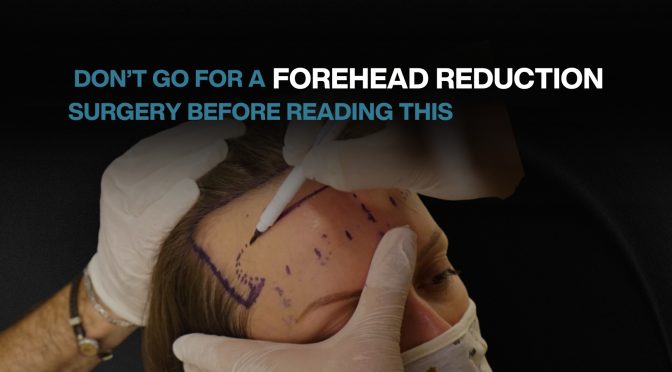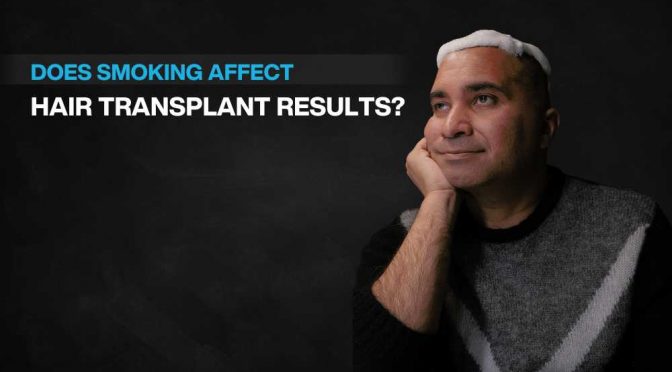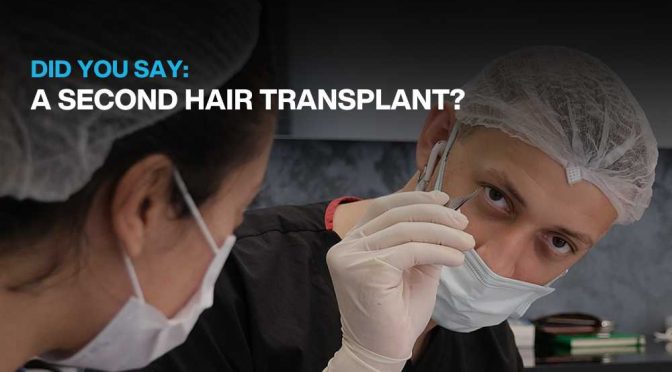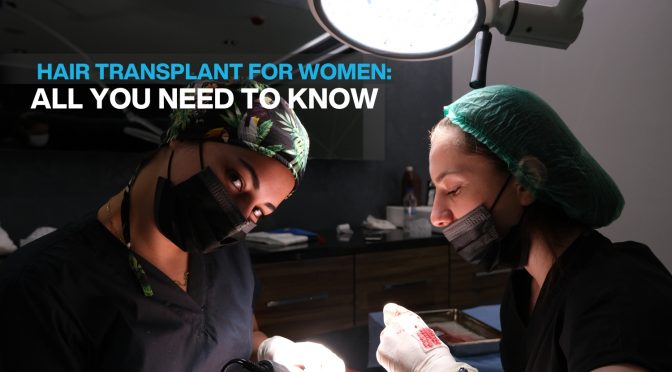If you are looking to reduce the hairline, create a more defined and attractive forehead, then you may be interested in this procedure. A forehead lowering can be used to lower the hairline, reduce the height of the forehead and correct normal temple recession by creating a more rounded hairline.
Find Out 8 Celebrities Who Undertook a Forehead Reduction Surgery
Hairline lowering for men is more attainable than ever, thanks to major leaps in technology and technique. Now, top surgeons can achieve a natural result without incisions or downtime with our modern methods. And it’s now easy for men to find the best hairline lowering services available. Here are our 3 male and 5 females celebrities that has undertake forehead reduction by lowering their hairline.
Elon Musk
Elon Musk is single-handedly responsible for the current state of space travel and modern electric cars. It’s clear from his early photos that he wasn’t always so confident about being a leader. Looking at Elon’s photos from the early 2000s, it’s clear that his hairline was in shambles.
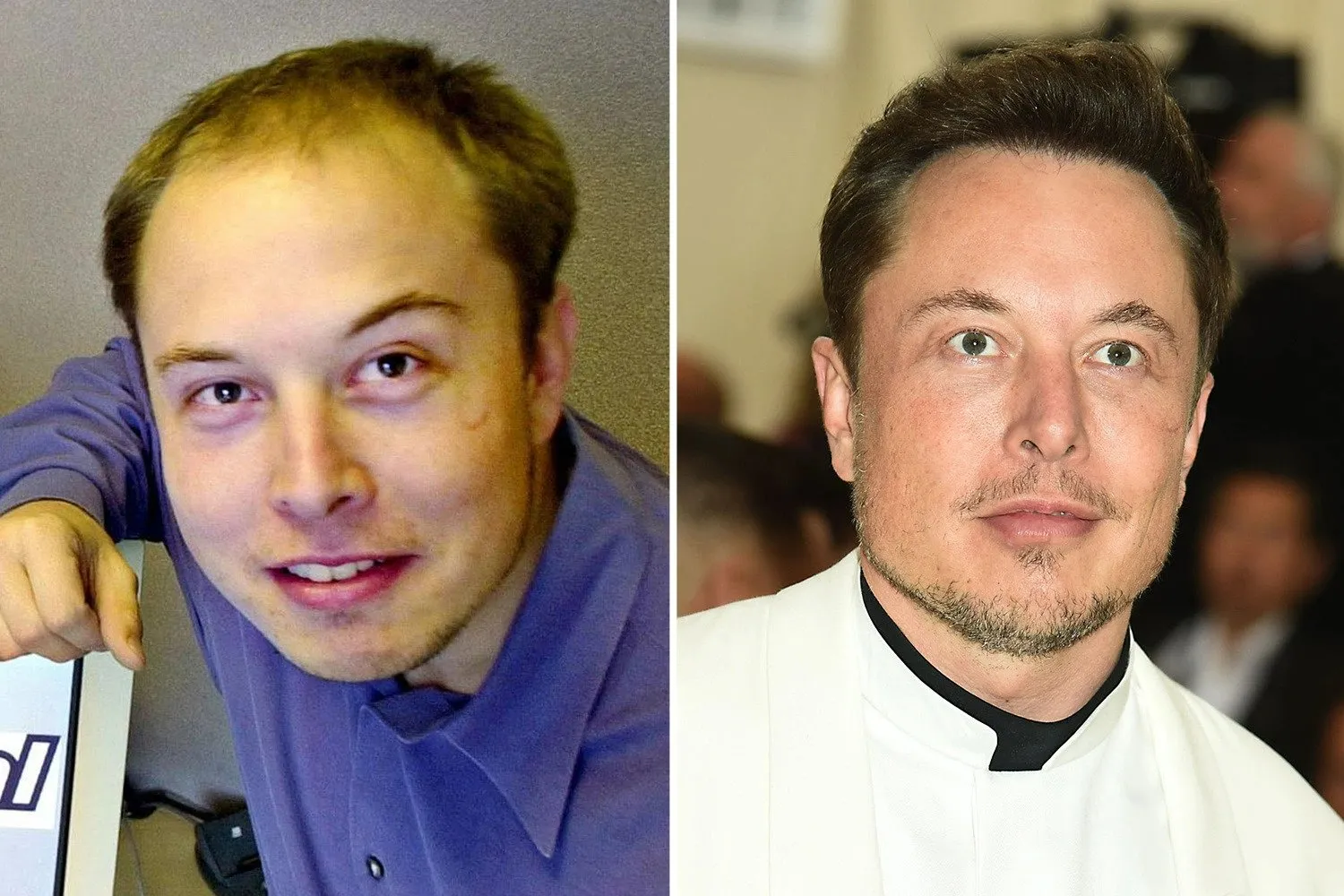
But before the decade was finished, Elon had reversed the direction of his hairline, probably through a FUT strip surgery technique. FUE procedures that were performed afterwards for ongoing maintenance.
Lebron James forehead reduction surgery
LeBron James is a world-class athlete, with championships galore. But he’s also had to deal with his hairline over the years, repeatedly. Although there are no horizontal scars on King James’ head, it is evident that FUE was the most likely procedure used to restore his hairline.
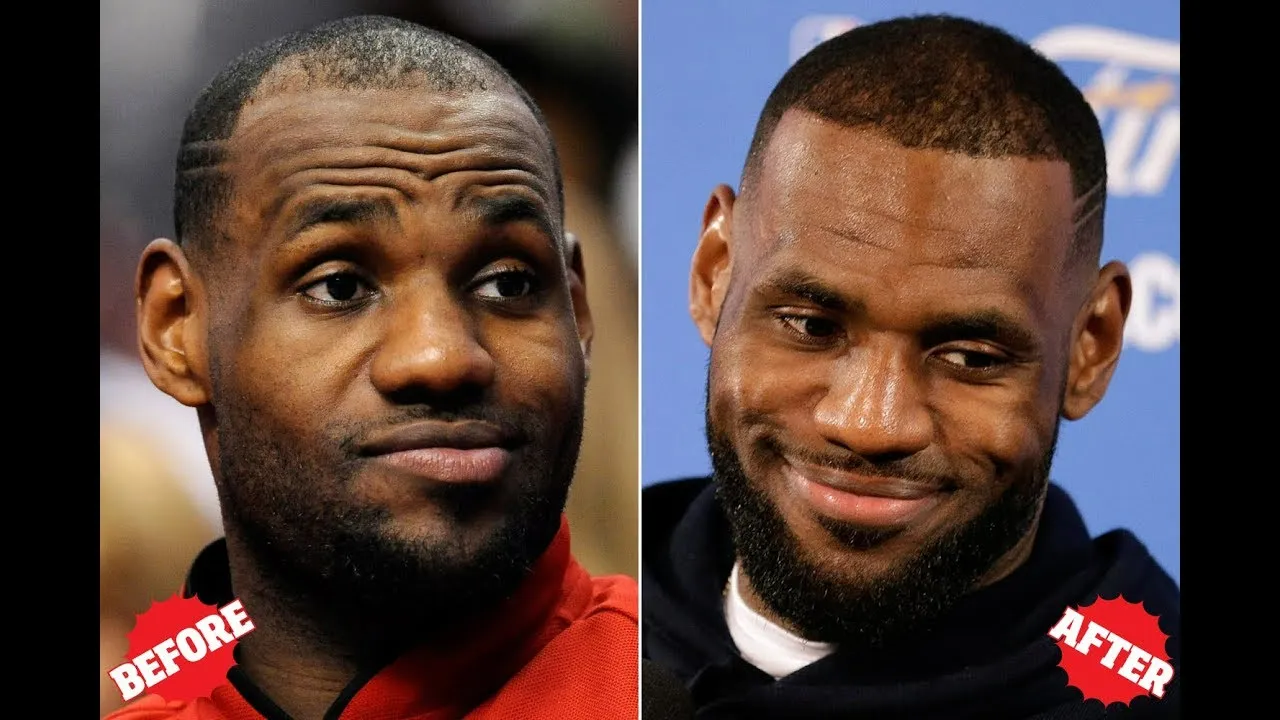
Joe Biden
While President Joe Biden has kept a thick head of hair in his later years, he noticed some significant thinning and receding in the top of his head halfway through his term in the Senate. Before FUE was widely accessible, it appears that Biden had his initial hair transplant operation in the 1980s or 1990s. However, the strip surgery method worked because his hair has continued to appear healthy since. He has access to the best medical treatment available because he is the president, therefore he will probably have his fantastic hair for the foreseeable future.
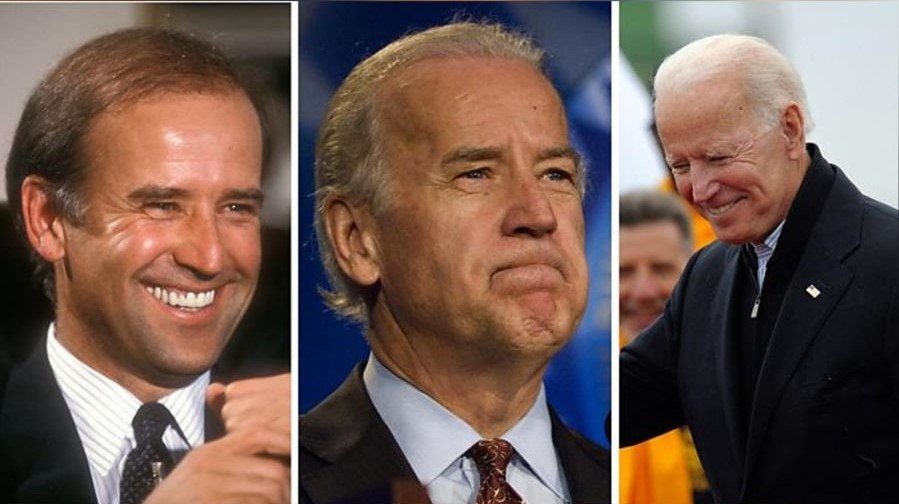
Tyra Banks
The supermodel has previously spoken about her experience with alopecia areata, a disorder brought on by stress or immune system issues that results in sudden, unpredictable hair loss. Thankfully, Banks was able to resolve the issue and get her hair back to normal with natural treatments. She probably had some further assistance from small FUE treatments to restore the correct location and symmetry of her hairline.
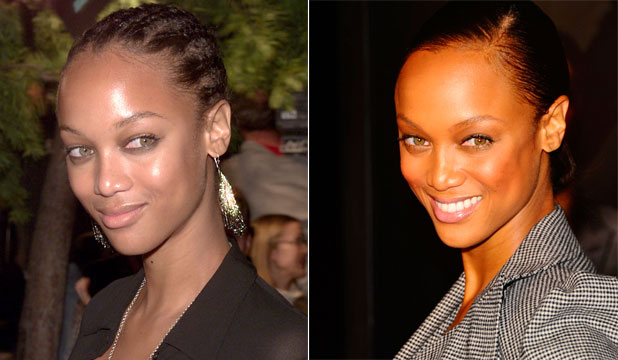
Oprah Winfrey
The iconic talk show host has been in the spotlight for many years, and viewers have witnessed her hair in a variety of styles. Oprah revealed that her main problem with her hairline was traction alopecia, which was brought on by years of wearing tight haircuts and using enormous amounts of products. At this point, Oprah has done a fantastic job restoring her hair to its prime, and it appears that some kind of hairline lowering surgery assisted in the process.

Keira Knightley forehead reduction surgery
The English actress spent years coloring and arranging her hair to play a variety of personas on stage and in films. Ms. Knightley saw that her hairline was receding as a result of her fast-paced profession and pregnancy in 2015 and she devised a plan to repair it. Keira first covered up her hair with wigs, but it now seems like she has her full, natural hair back. She would make a fantastic candidate for FUE or a small forehead reduction operation because her hairline is attractive without being too low.

Kristin Davis
The English actress spent years coloring and arranging her hair to play a variety of personas on stage and in films. Ms. Knightley saw that her hairline was receding as a result of her fast-paced profession and pregnancy in 2015 and she devised a plan to repair it. Keira first covered up her hair with wigs, but it now seems like she has her full, natural hair back. She would make a fantastic candidate for FUE or a small forehead reduction operation because her hairline is attractive without being too low.
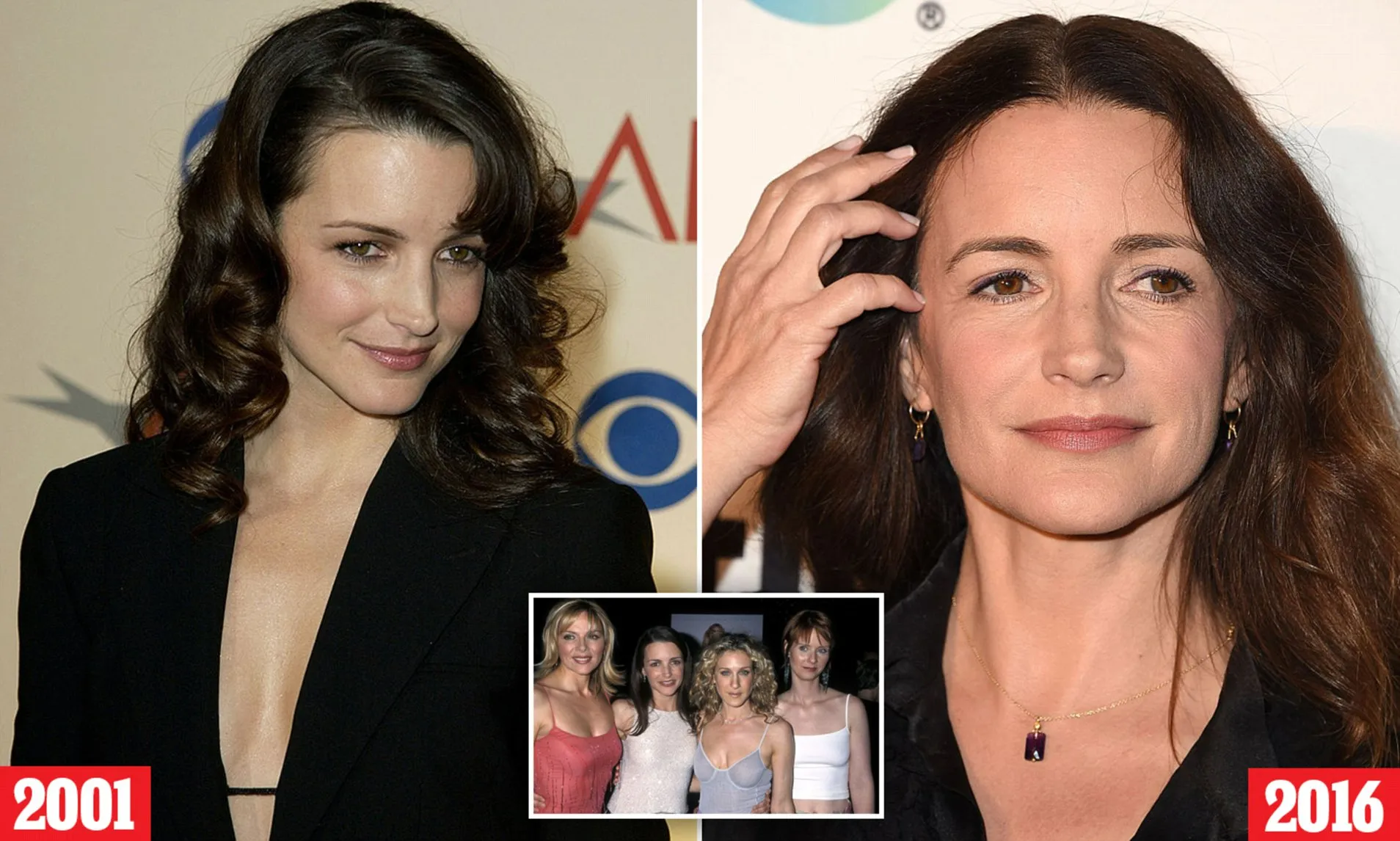
Rosie O’Donnell
It’s not surprising that Rosie struggled with hair loss given how well-liked and positive she has always been. Throughout her career, she had a strong hairline. As she approaches 60, she is searching for ways to fix things and increase overall coverage and density. For Rosie, who may have undergone some FUE procedures recently for good measure, everything is going well in terms of her hairline.

How forehead reduction works
Genes, hair loss, or other cosmetic operations may all contribute to larger foreheads. This surgical procedure, sometimes referred to as hairline lowering surgery, can assist maintain the harmony of your face’s proportions. Compared to a brow lift, it is different.
An outline of the intended new hairline is drawn before any forehead reduction or hairline lowering surgery is performed. A successful surgery depends on the design of the hairline, and BlueMagic Clinic pays close attention to every aspect of this, including the direction in which the hair grows, the type of incision used to create the best, frequently imperceptible scar, and the amount by which the hairline can be lowered and the forehead can be shrunk. Treatments to lower the hairline typically last 1.5 to 3 hours, depending on the individual demands of each patient. Most of the time, the treatment is completed in a single surgery with little recuperation time.
Is it painful?
The majority of the time, pain following forehead reduction surgery is little to nonexistent. The first evening following surgery, the majority of patients may report mild soreness. It is quite uncommon for patients to experience any serious pain.
Forehead reduction Hair Transplant vs Scalp Advancement
You have a large forehead? It’s likely that you are looking for ways to make it smaller but are unsure of which choice to pick. While there are benefits and drawbacks to various forehead reduction procedures, the optimal choice is dependent on the individual’s circumstances and preferences.
Hair transplants and scalp advancement are the two basic methods for lowering the hairline and constricting the size of the forehead. Both procedures include making a large incision along the hairline and removing skin from the forehead.
Hair Transplant
The most popular method of reducing the hairline is hair transplantation, also known as hair grafting. For individuals who have thin hair at their hairline, this strategy is the best choice. For those with naturally broad foreheads, a hair transplant may also be an option.
Any desired contour for the hairline can be achieved with a hair transplant. Therefore, those who want a thick, clearly defined hairline as well as those who have specific preferences for the pattern and contour of their hairline should consider using this procedure. The fact that the outcomes of hair grafting for hairline restoration take time to manifest is a disadvantage. You must wait at least six weeks, and up to eighteen months to see the complete effects.
Scalp Reduction
Scalp advancement surgery is an additional choice for hairline lowering. In this method, the surgeon creates an incision from temple to temple along the hairline. The surgeon next cuts away a strip of skin that is between three and five centimeters wide. Pulls the scalp downward and uses sutures to reattach it to the remaining skin on the forehead. Women with high hairlines and no family history of hair loss make good candidates for surgical forehead reduction. Men can also be suitable for the procedure. The main disadvantage of the scalp reduction is the visible scar after the surgery. In comparison with hair transplant which do not leave any scar, scalp reduction do.
Conclusions
Regarding forehead reduction, hair transplant is the more advisable option in both terms of surgical operation, cost and results. At BlueMagic Clinic the average cost of the hair transplant is 3,000 euro. Scalp reduction it cost 5,000 to 15,000 euro in the clinics that provide this service worldwide.
